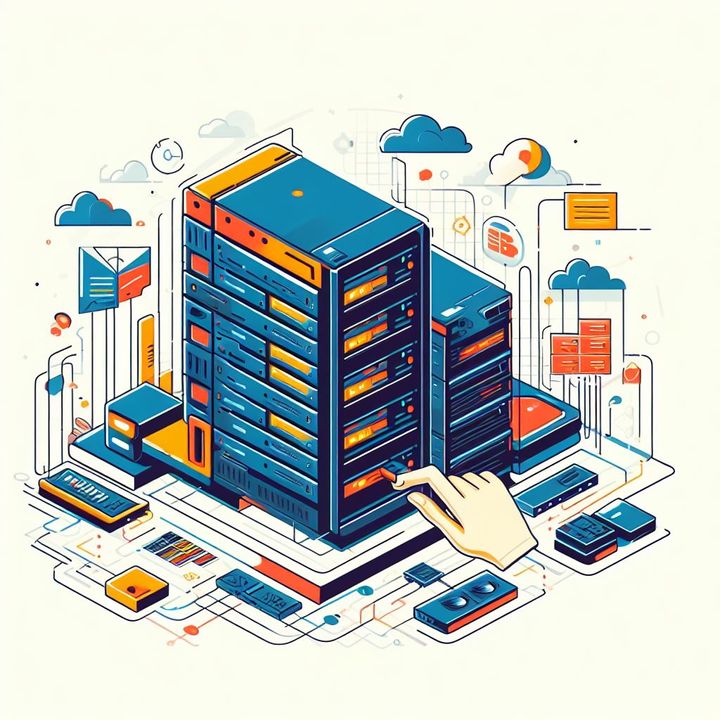Understanding the Benefits of Content-as-a-Service (CaaS) Architecture on Hosting

Content-as-a-Service (CaaS) architecture is a model that separates content management from content delivery. This approach has several benefits for hosting and managing digital content:
- Separation of Concerns:
- Content Management: CaaS allows content creators and managers to focus solely on creating and managing content. They don't have to worry about the technical details of how that content is delivered or displayed.
- Content Delivery: Hosting services can focus on efficiently delivering content without being concerned about how that content is structured or updated.
- Flexibility and Scalability:
- CaaS architectures are designed to be highly scalable. Content can be stored and delivered via a Content Delivery Network (CDN) which can efficiently handle large amounts of traffic and distribute content across multiple servers.
- Multi-Channel Support:
- Content can be created once and then repurposed for various channels (websites, mobile apps, IoT devices, etc.) without needing to recreate or reformat it for each specific platform.
- Content Reusability:
- Content can be easily reused across different parts of a website or across multiple websites or applications. This reduces redundancy and ensures consistency.
- Global Content Distribution:
- By leveraging CDNs, content can be cached and distributed across servers located in different geographical regions. This results in faster load times for users, regardless of their location.
- Enhanced Security:
- Since the content is separate from the presentation layer, it can be stored and managed in a secure environment. This makes it less vulnerable to security breaches or attacks.
- Version Control and Content History:
- With proper version control systems in place, you can easily track changes to content, roll back to previous versions, and even schedule content updates.
- Improved Collaboration:
- CaaS allows multiple teams or individuals to work on content simultaneously, as they can use the same backend system without interfering with each other's work.
- Reduced Development Time:
- Front-end developers can work independently on the presentation layer without waiting for the content to be finalized. This speeds up the development process.
- Content Personalization and A/B Testing:
- CaaS enables dynamic content delivery based on user behavior, preferences, or other criteria. This allows for A/B testing and personalization of content.
- Ease of Content Migration:
- If you need to change hosting providers or platforms, migrating content is simplified since it's separate from the delivery system.
- Future-Proofing:
- CaaS architectures are adaptable and can evolve with changing technologies and content delivery methods, ensuring your content remains relevant and accessible.
In summary, CaaS architecture provides a robust and flexible framework for managing digital content. It empowers content creators, enhances security, improves performance, and facilitates seamless collaboration between content creators and developers. By adopting a CaaS approach, organizations can streamline their content management processes and ultimately provide a better experience for their users.



